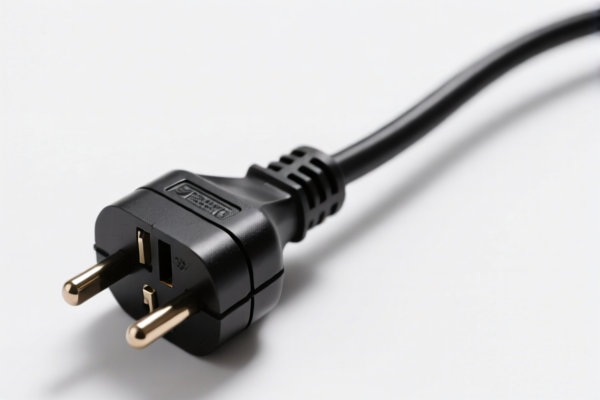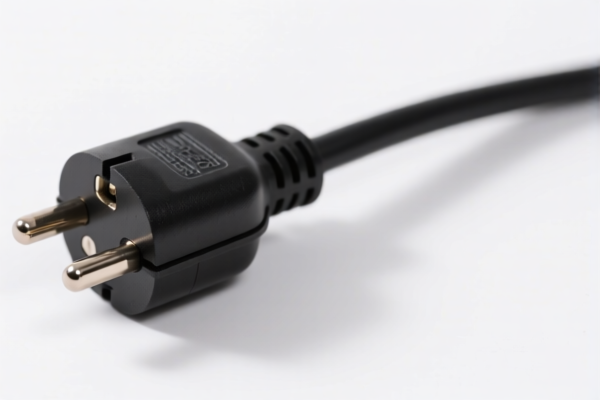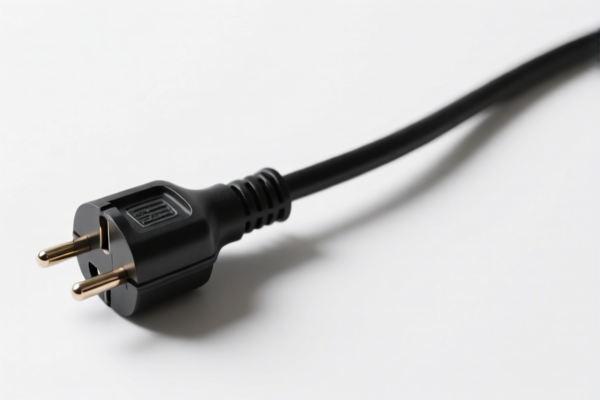| HS Code | Official Doc | Tariff Rate | Origin | Destination | Effective Date |
|---|---|---|---|---|---|
| 8308909000 | Doc | 57.7% | CN | US | 2025-05-12 |
| 8308903000 | Doc | 55.0% | CN | US | 2025-05-12 |
| 8306100000 | Doc | 35.8% | CN | US | 2025-05-12 |
| 8306290000 | Doc | 30.0% | CN | US | 2025-05-12 |
| 7312900000 | Doc | 80.0% | CN | US | 2025-05-12 |
| 7312100500 | Doc | 80.0% | CN | US | 2025-05-12 |
| 7315190000 | Doc | 80.0% | CN | US | 2025-05-12 |
| 7315895000 | Doc | 83.9% | CN | US | 2025-05-12 |
| 8205598000 | Doc | 58.7% | CN | US | 2025-05-12 |
| 8206000000 | Doc | The rate of duty applicable to that article in the set subject t+30.0% | CN | US | 2025-05-12 |




Extension Chain
An extension chain, commonly referred to as a chain extender, is a supplemental component used in conjunction with necklaces, bracelets, and anklets to adjust their length or allow for layering. It typically consists of a series of interconnected links, mirroring the style of the original jewelry piece, and features a clasp system for attachment.
Material
Extension chains are manufactured from a diverse range of metals, selected based on cost, durability, and aesthetic considerations. Common materials include:
- Sterling Silver: A popular choice for its affordability and bright shine, often used for fashion jewelry. Requires regular cleaning to prevent tarnishing.
- Gold (various karats): Offers a range of color options (yellow, white, rose) and varying levels of purity, impacting price and durability.
- Gold-Filled: A cost-effective alternative to solid gold, consisting of a layer of gold bonded to a base metal.
- Stainless Steel: Durable, hypoallergenic, and resistant to tarnishing, suitable for everyday wear.
- Platinum: A strong, hypoallergenic, and highly durable option, often used for high-end jewelry.
- Other Alloys: Base metal alloys, often coated with rhodium or other finishes to improve appearance and resistance to corrosion.
Purpose
The primary purposes of an extension chain are:
- Adjustable Length: Allows the wearer to customize the length of the jewelry to suit different necklines, outfits, or personal preferences.
- Layering: Enables the wearer to combine multiple necklaces of varying lengths to create a layered look.
- Security: Provides a degree of flexibility, reducing the risk of breakage if the jewelry is snagged or pulled.
- Accommodate Different Sizes: Useful for individuals with varying neck or wrist sizes.
Function
An extension chain functions by connecting to the clasp and jump rings of the original jewelry piece. One end of the chain typically attaches to the existing clasp, while the other end connects to a jump ring on the opposite end of the jewelry. This allows the wearer to slide the chain through the jump ring, effectively lengthening the overall piece.
Usage Scenarios
- Necklaces: Most commonly used to extend the length of necklaces, providing versatility for different outfits and necklines.
- Bracelets: Used to adjust bracelet size or create a more relaxed fit.
- Anklets: Allows for adjustable length and layering with other anklets.
- Fashion Jewelry: Frequently incorporated into fashion jewelry designs to offer adjustable lengths and accommodate a wider range of customers.
- DIY Jewelry Making: A common component in custom jewelry projects, allowing for personalized length adjustments.
Common Types
- Cable Chain Extenders: Composed of interconnected oval links, offering a classic and versatile design.
- Rope Chain Extenders: Features twisted links resembling a rope, providing a more textured appearance.
- Box Chain Extenders: Composed of square links, offering a sleek and modern design.
- Figaro Chain Extenders: Features a pattern of alternating links, providing a distinctive look.
- Ball Chain Extenders: Composed of small metal balls connected by links, offering a casual appearance.
- Adjustable Slider Extenders: Allows for easy length adjustment by sliding a bead or charm along the chain.
Extension chains fall under several potential classifications based on material and specific characteristics. Here's a breakdown of relevant HS codes based on the provided information:
- 7315190000: This code covers “Chain and parts thereof, of iron or steel: Articulated link chain and parts thereof: Parts”. This is applicable if the extension chain is made of iron or steel and is considered a part of a larger chain assembly. The subheading specifies 'parts', indicating it's not a complete chain but a component.
- 7315895000: This code covers “Chain and parts thereof, of iron or steel: Other chain: Other: Other”. If the extension chain is made of iron or steel but doesn’t fall under the 'articulated link chain' category, this code applies. The multiple 'Other' classifications suggest a broad range of chain types. A base duty of 3.9% applies, along with a 25% additional tariff, and a potential 30% tariff increase after April 2, 2025, plus a 25% additional tariff on steel/aluminum products.
- 8308909000: This code covers “Clasps, frames with clasps, buckles, buckle-clasps, hooks, eyes, eyelets and the like, of base metal, of a kind used for clothing or clothing accessories, footwear, jewelry, wrist watches, books, awnings, leather goods, travel goods or saddlery or for other made up articles; tubular or bifurcated rivets, of base metal; beads and spangles, of base metal: Other, including parts: Other”. If the extension chain is used as a component in jewelry, clothing, or accessories, this code may be applicable. The total tariff rate is 57.7%, comprising a 2.7% base tariff, a 25% additional tariff, and a potential 30% increase after April 2, 2025.
Important Considerations:
Regarding HS code 7315895000, please note the need to verify the material (steel or aluminum) as a 25% additional tariff applies to steel/aluminum products.
Customer Reviews
No reviews yet.